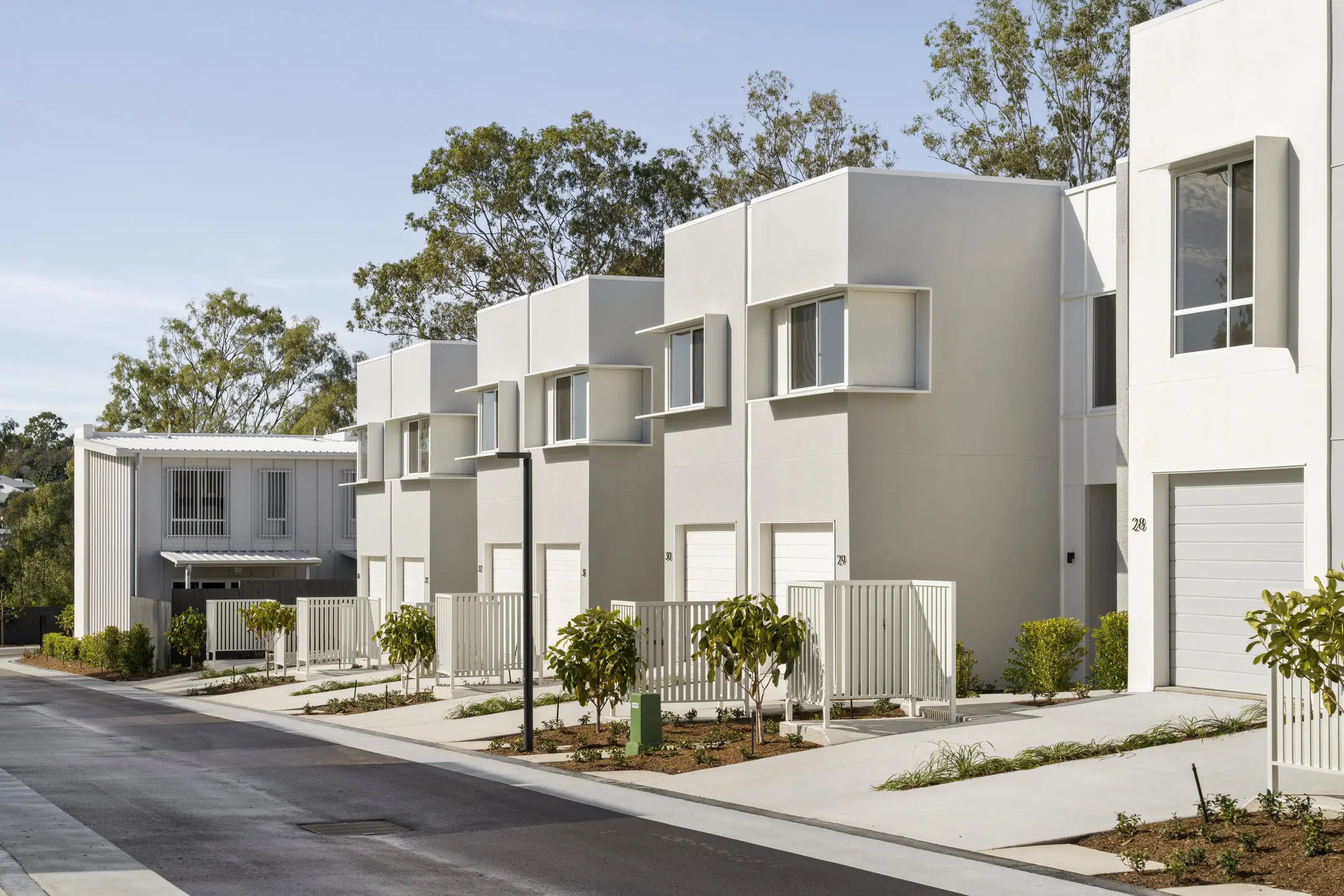
Affordable developer BoKlok, which is co-owned by IKEA, has signed a deal to produce 162 low-cost-housing apartments in southern England.
Worthington council, where the development will take place, will be given 30 per cent of the homes at cost value to be used as social housing, in return for the land.
The remaining 70 per cent will be sold at a price according to BoKlok’s model — to leave families with money left to live on.

With loud calls to build more affordable homes in Australia, perhaps this is a viable option? BoKlok’s approach to affordable housing was launched to great acclaim when the first development was completed in 1997. Since then, more than 11,000 homes throughout Sweden, Finland, Denmark, and Norway have been built under this scheme.
The approach is to maximise individuality and choice for the customers, while ensuring larger building components were duplicated or mass-produced — keeping the overall costs down.
It’s a simple economical approach, producing wall panels, doors and windows in scale to be able to give customers choices when it comes to kitchen and bathrooms. A framework we’ve become accustomed to with IKEA.
At the moment, IKEA has confirmed BoKlok is not coming to these shores — so what ideas have Australia come up with to tackle the problem?
Just recently, the New South Wales government have promised 500 affordable homes and 23,000 new replacement social homes in the next 10-12 years.
Ivanhoe, Telopea, Waterloo, Riverwood, Arncliffe, and Redfern will comprise the major mixed-use precincts, taking advantage of the new rail works and providing better access to improved community facilities and open spaces.

With the introduction of a new town centre and the new rapid transit Sydney Metro Northwest station to be completed later this year, the entire Telopea Precinct is set to become a vibrant and thriving hub.
Over the next 15-20 years, the masterplan proposes the creation of 6,800 new homes — with 60% of buildings remaining 7 storeys or lower.
Meanwhile, in Melbourne, the Victorian Government is to transform some of the older public housing across the city into vibrant, well-connected neighbourhoods. The new homes will look to be energy efficient and better suited to the ongoing needs of Victorians.
However, at present, there seems to be a large supply issue. The total number of Australian households increased by 30 per cent from 1999 to 2016, while social housing grew a mere 4 per cent.
Perhaps a scheme like BoKlok could be beneficial for all parties and solve the ever-growing issues of social housing.
Credit hero image: Totum.com


